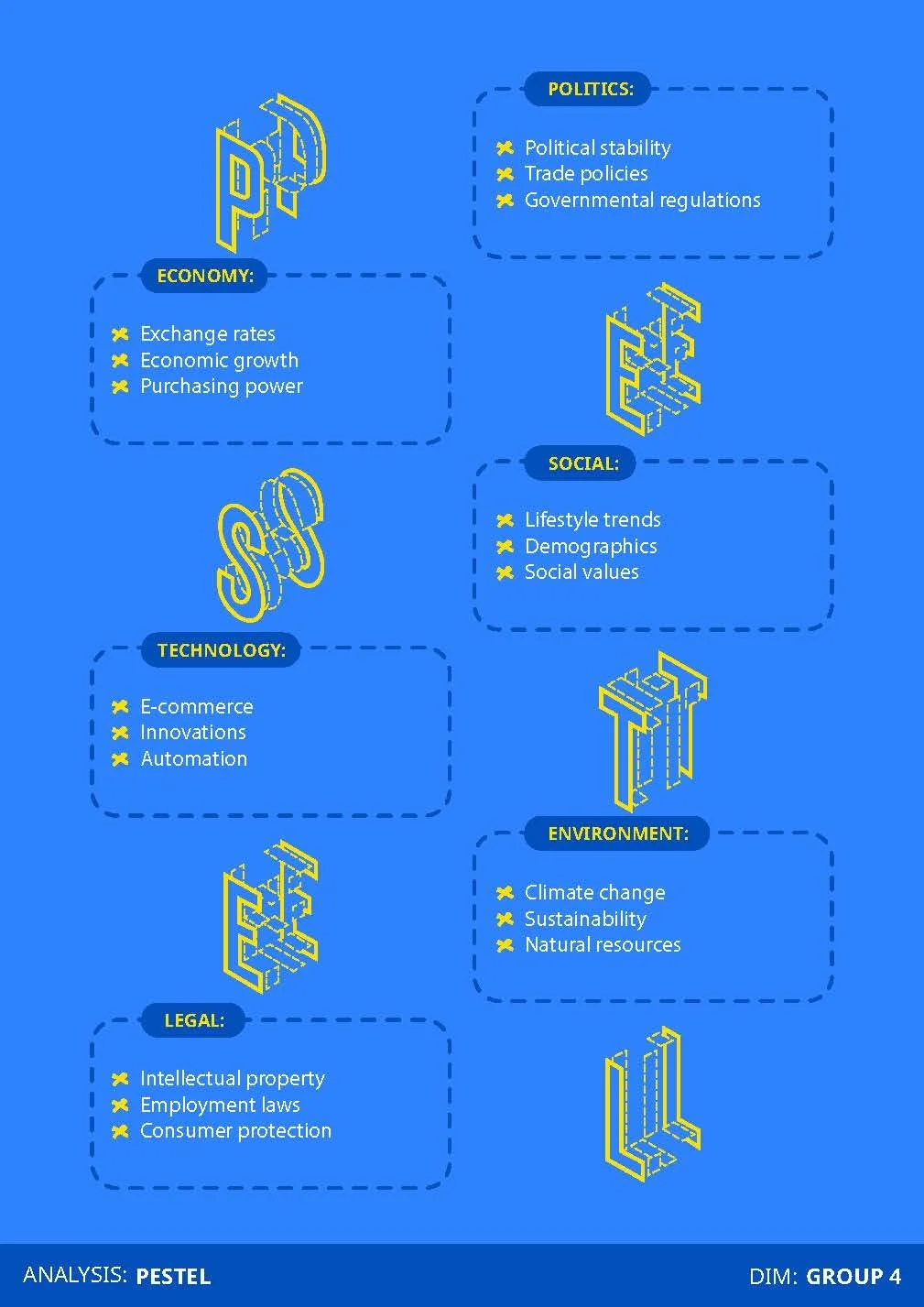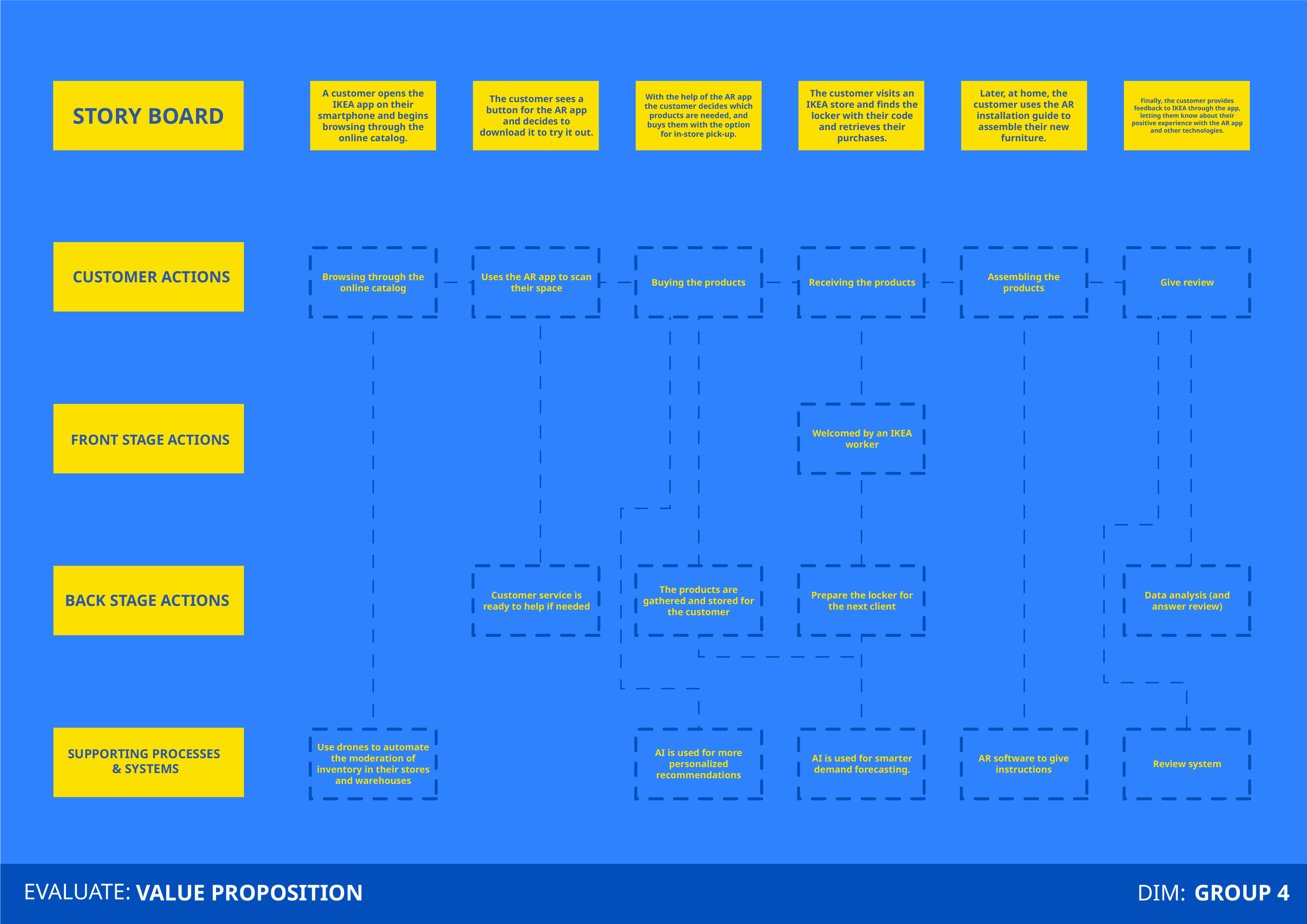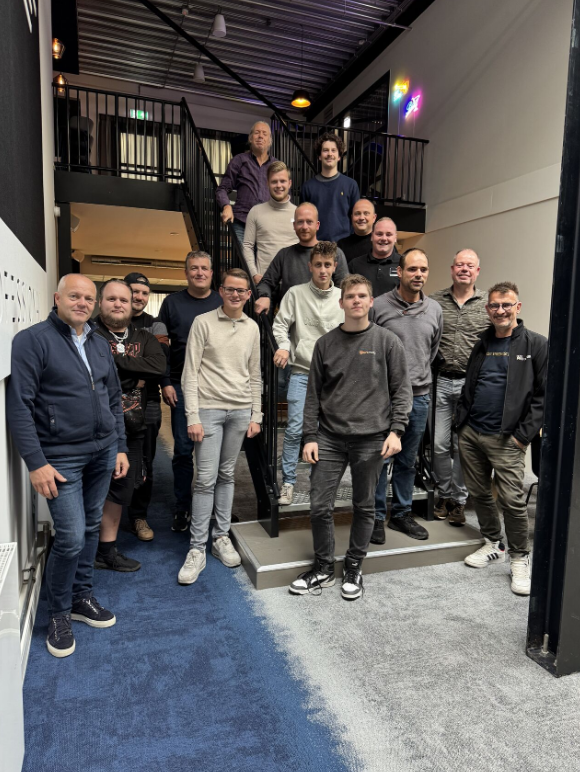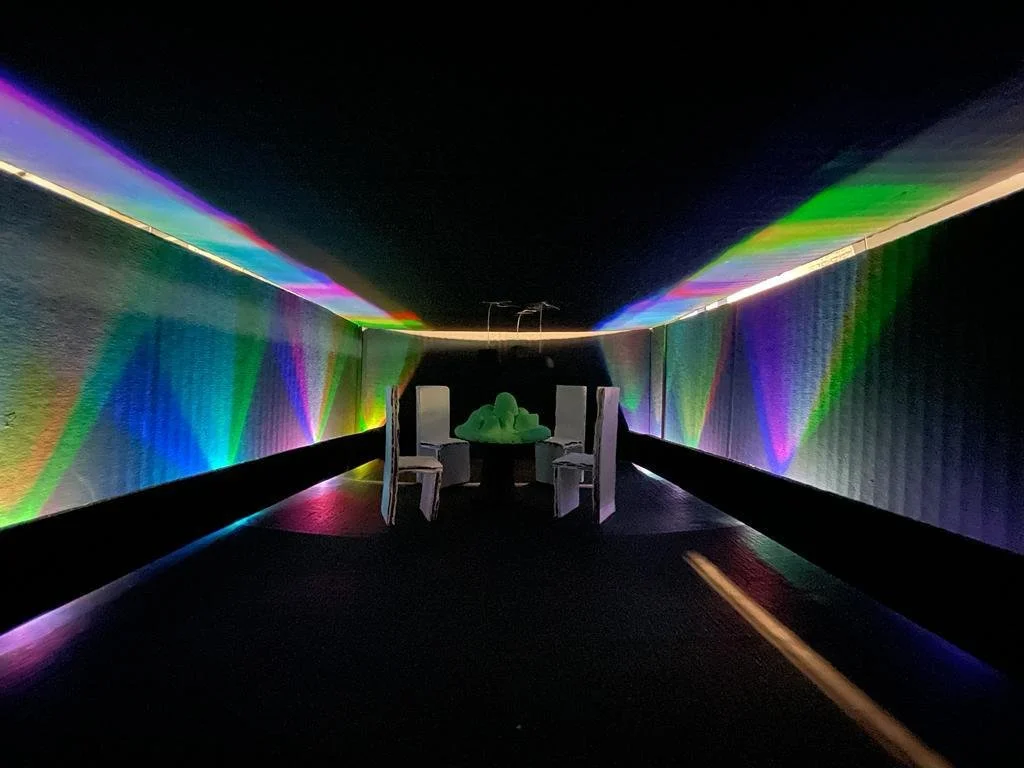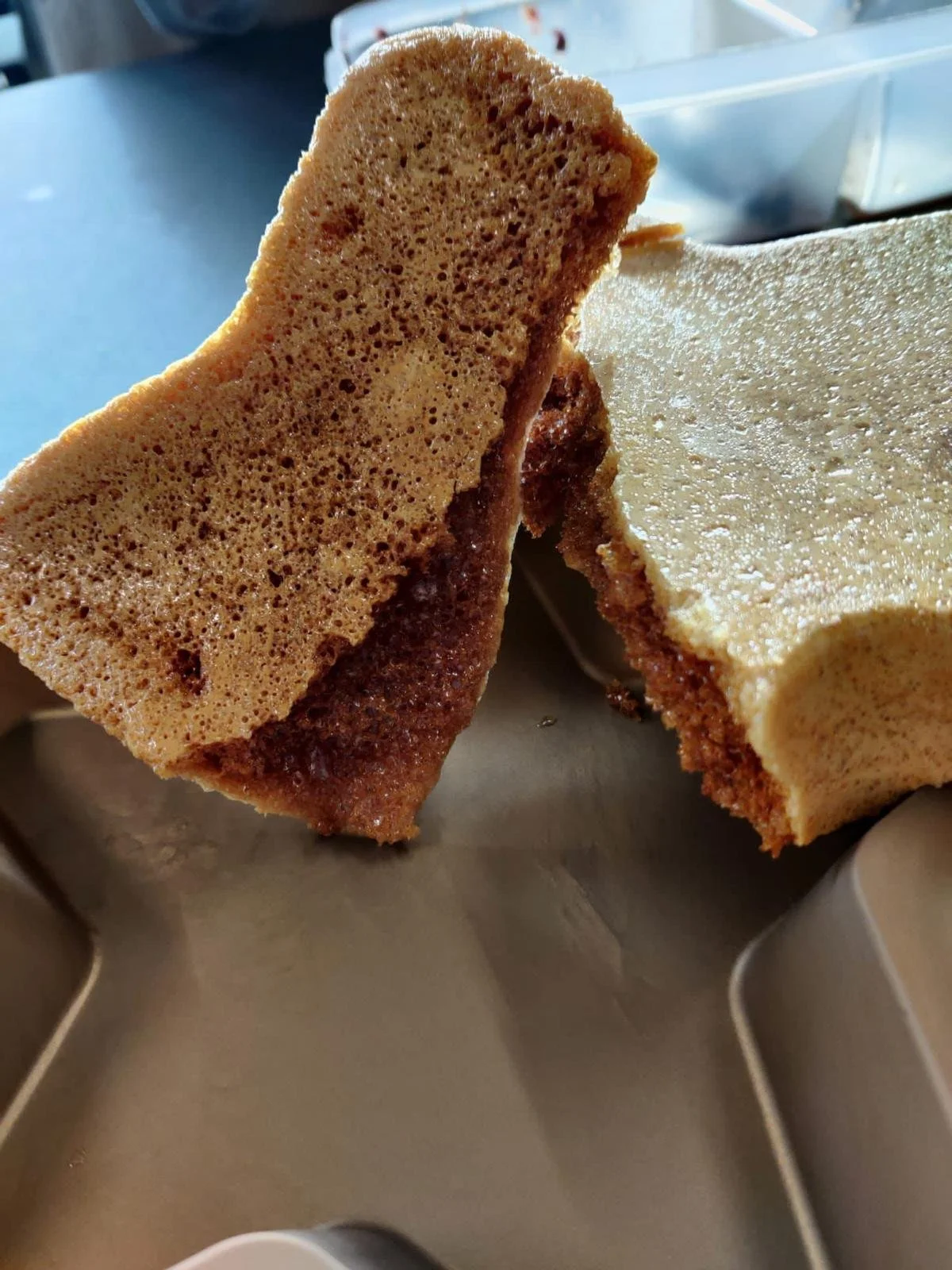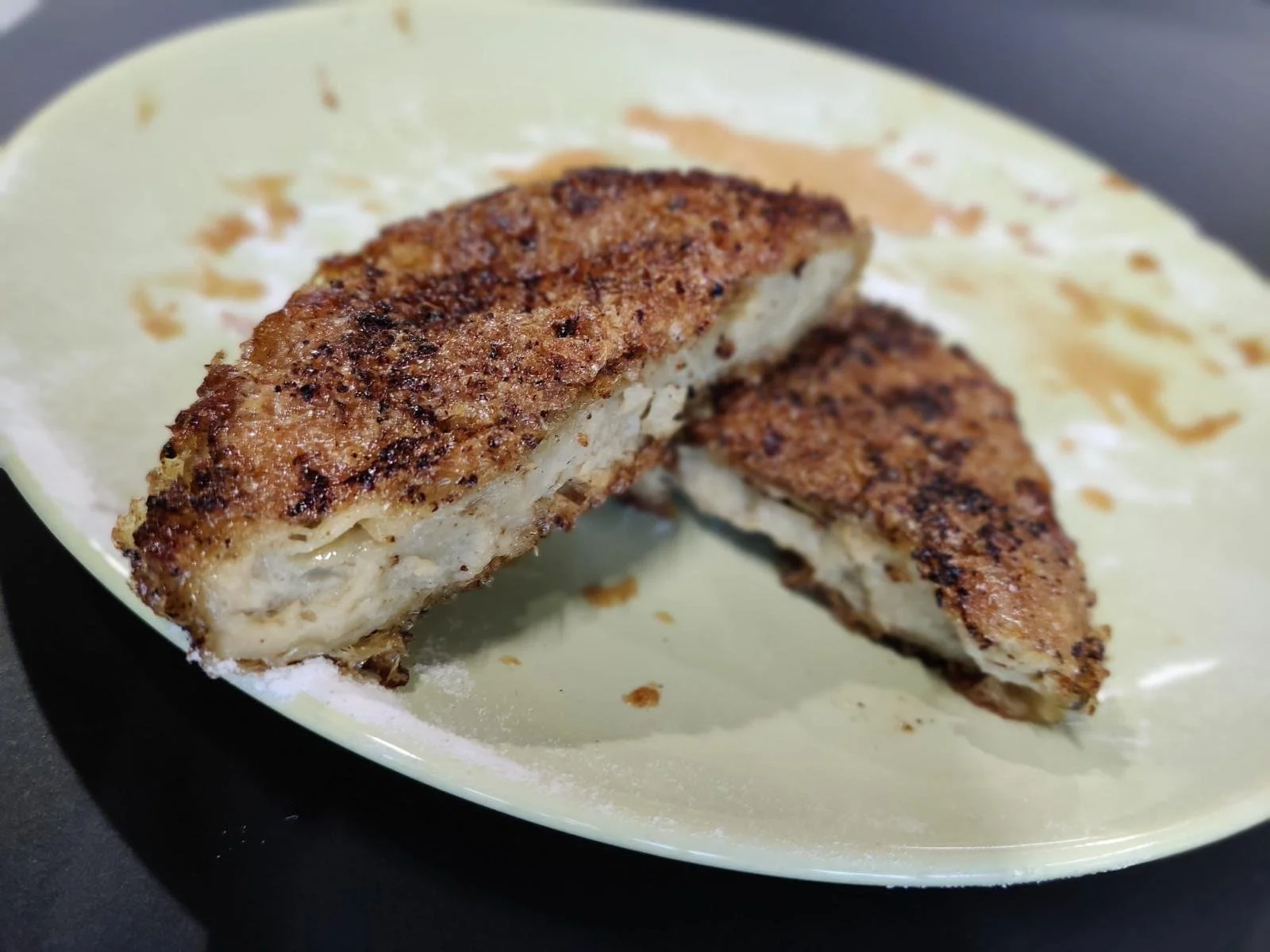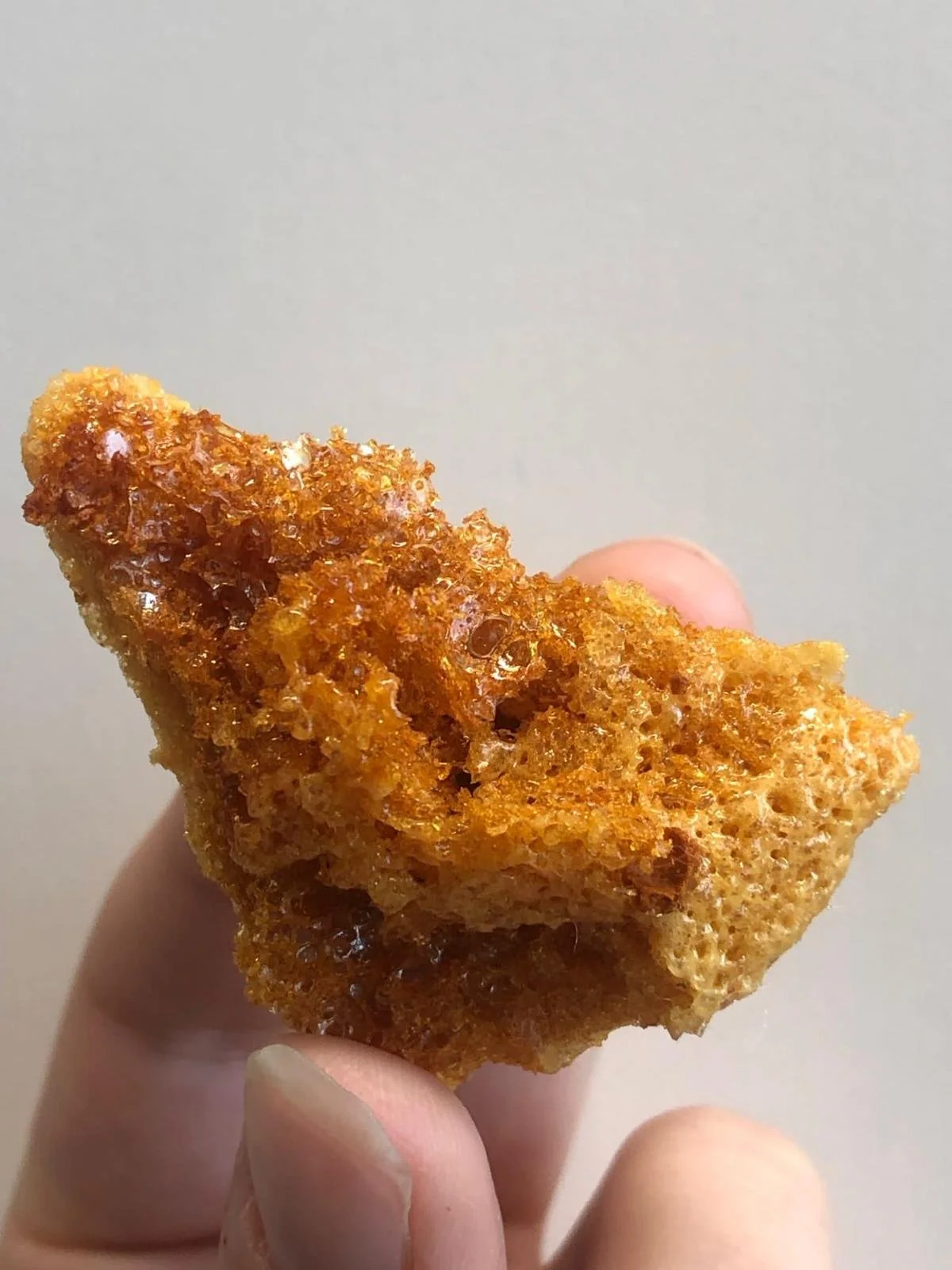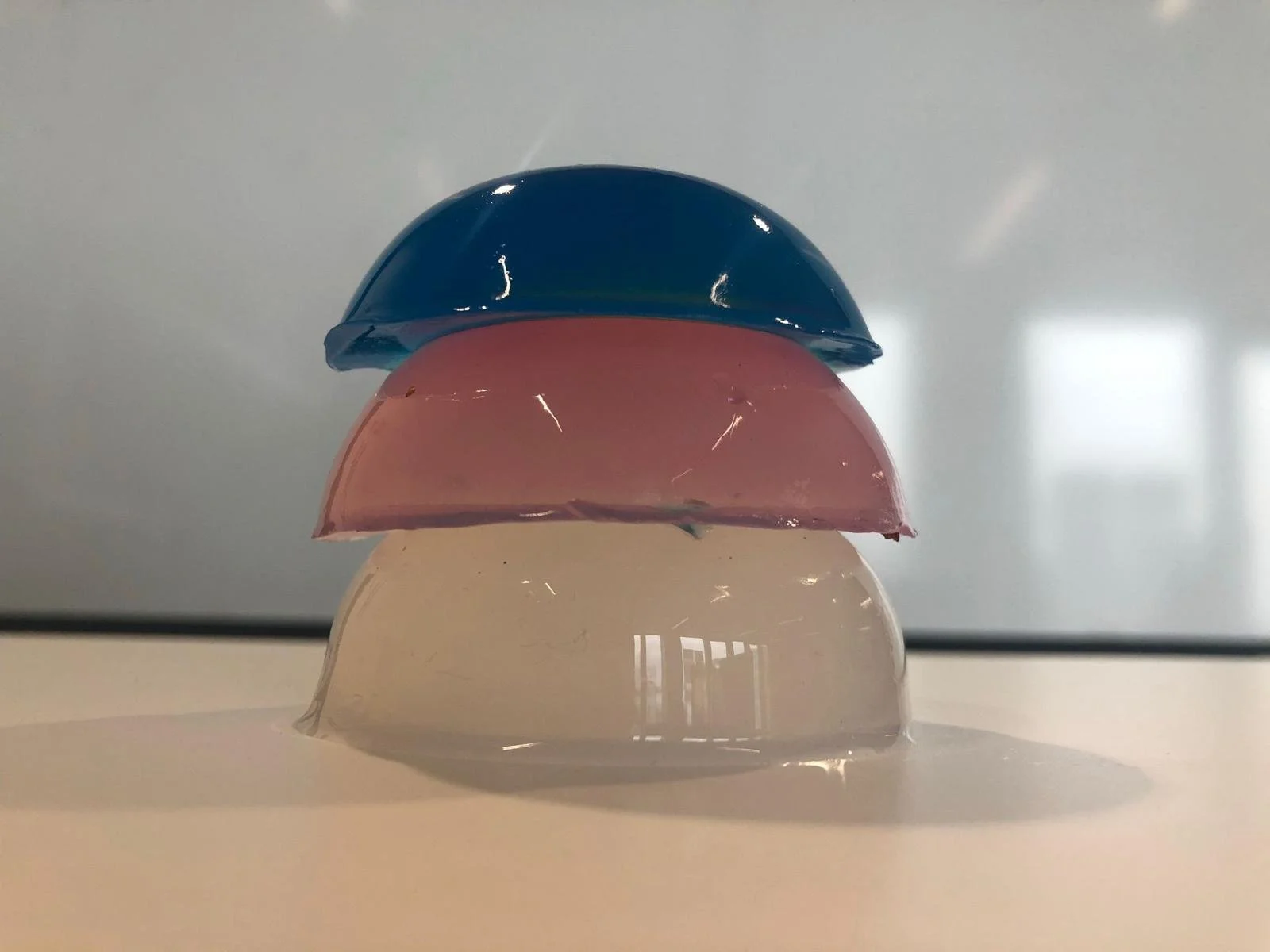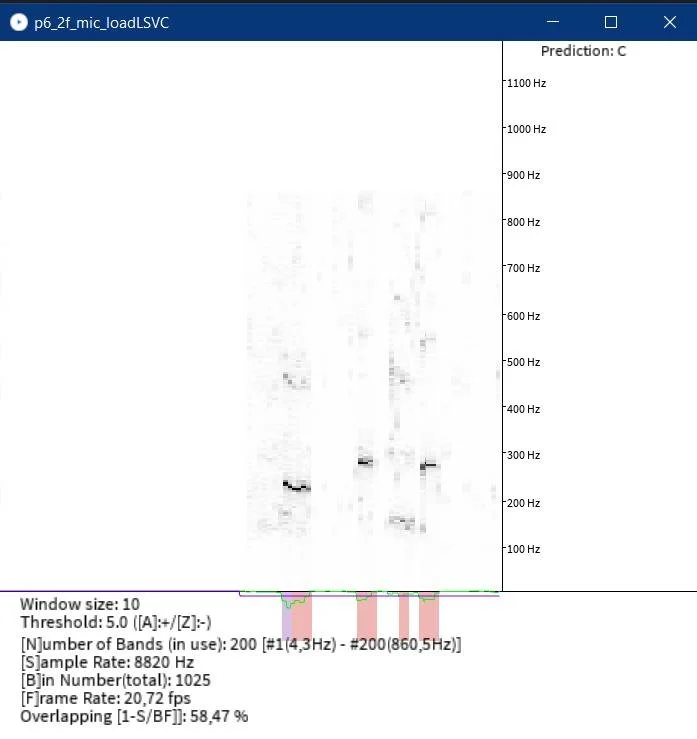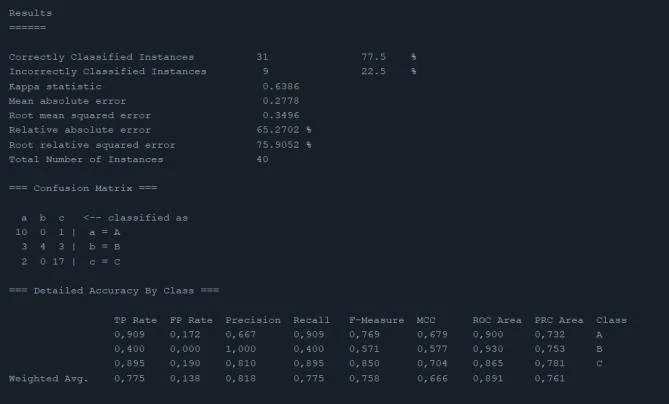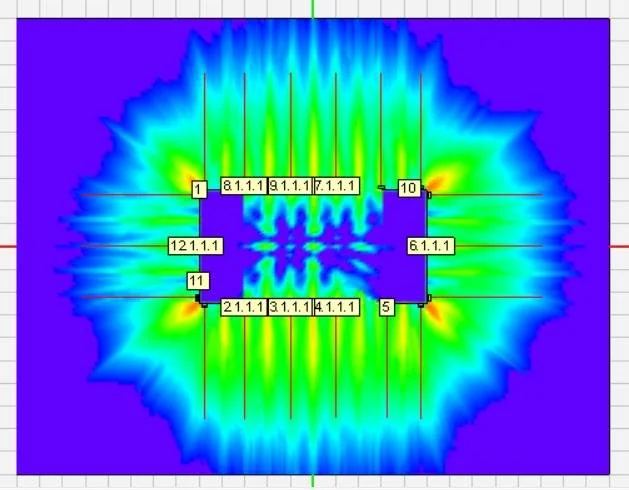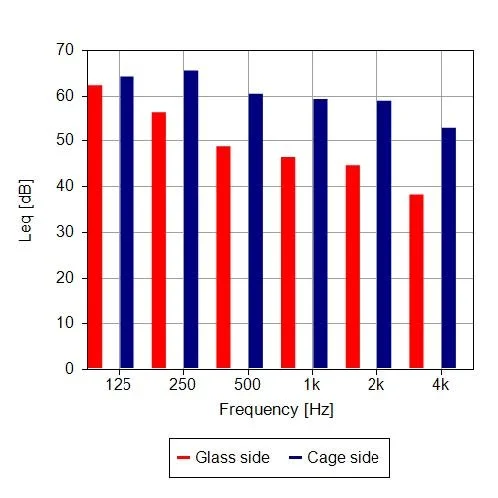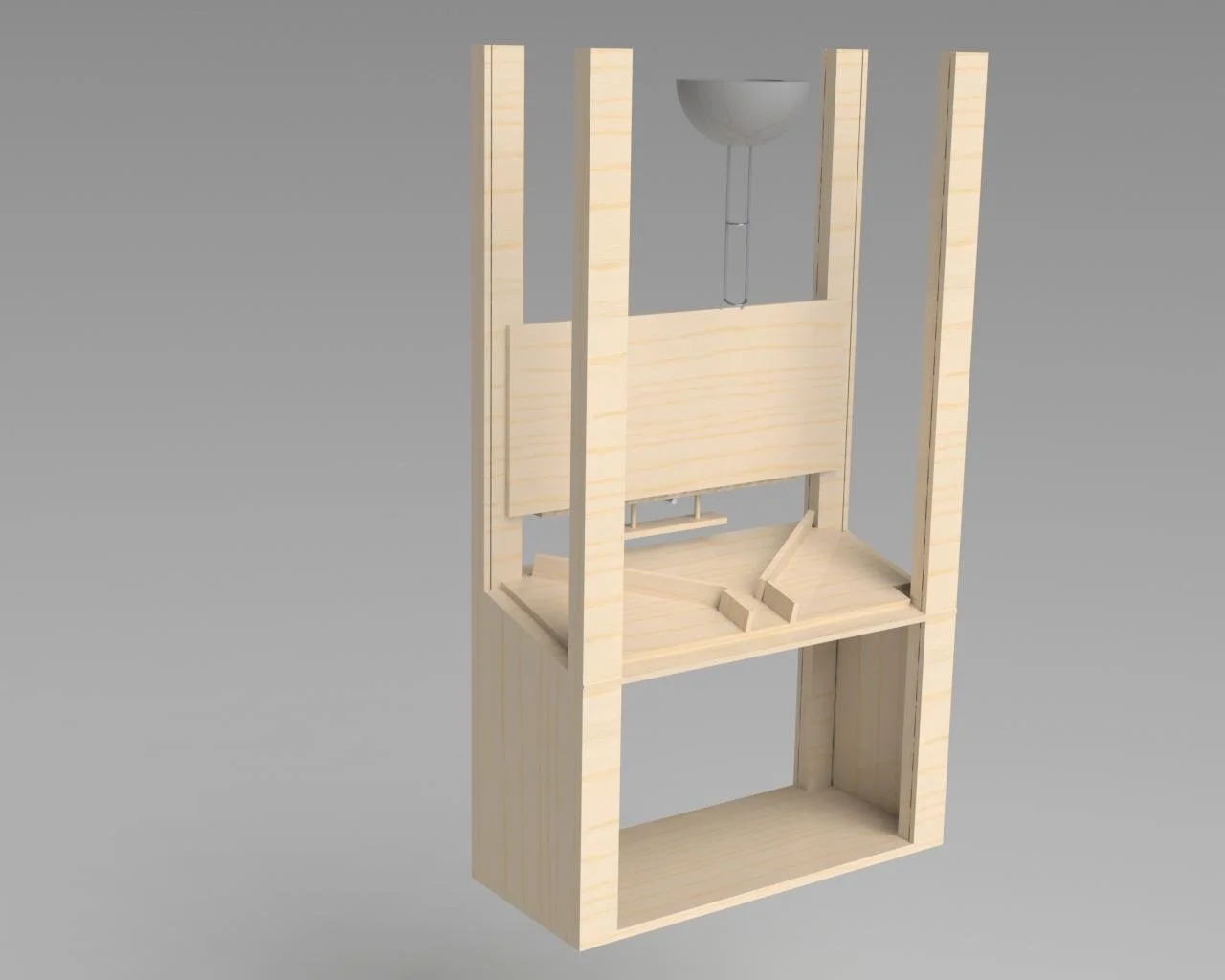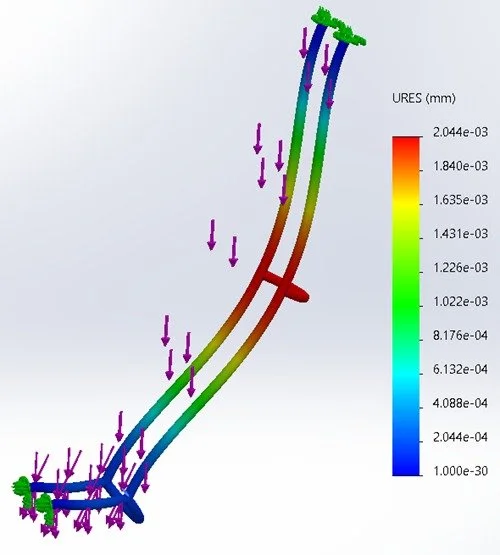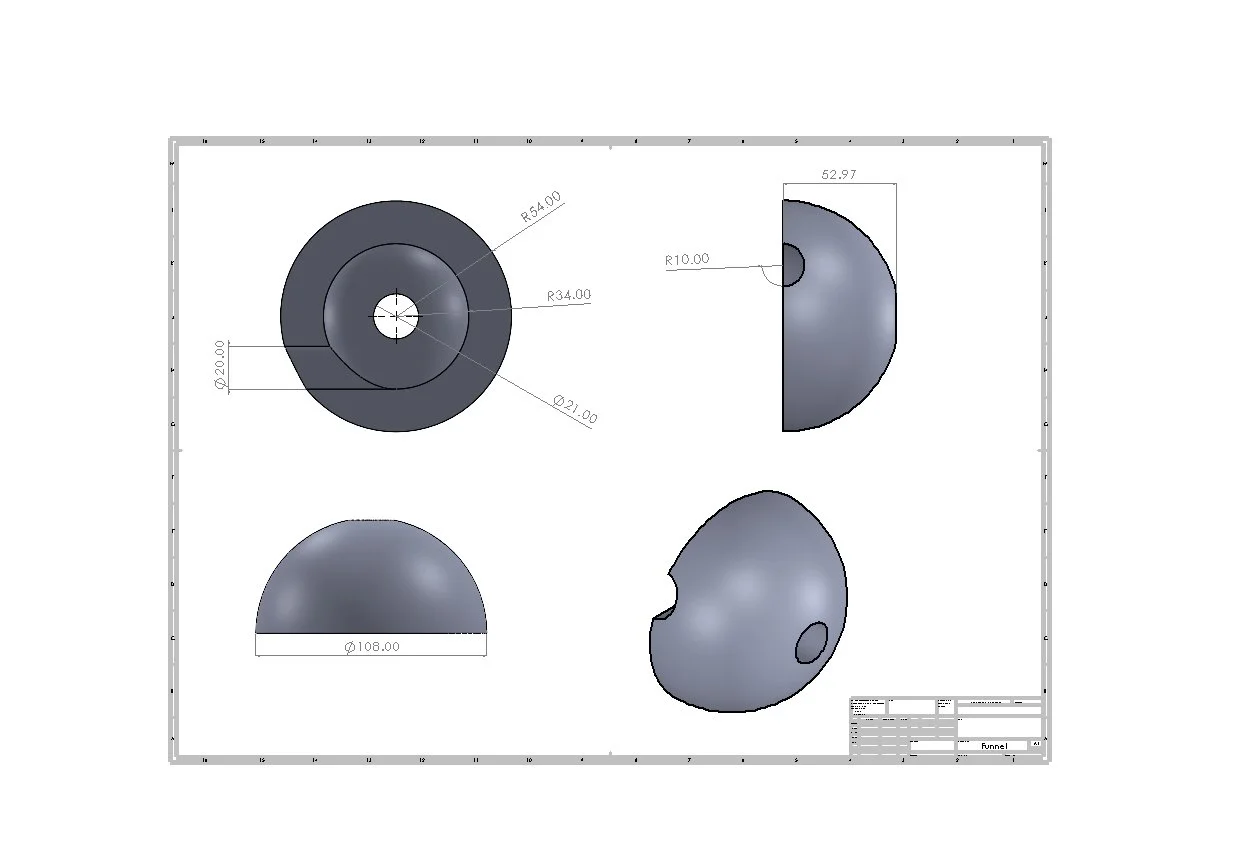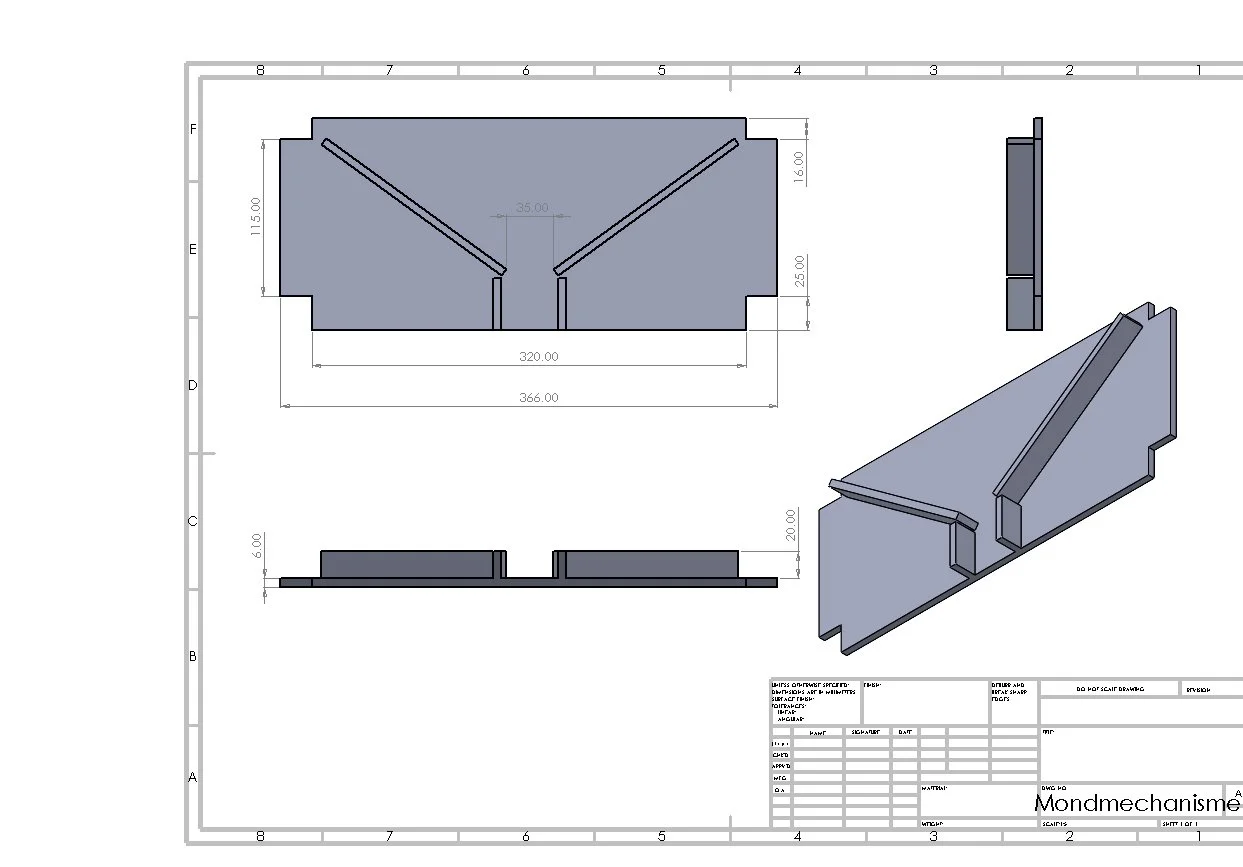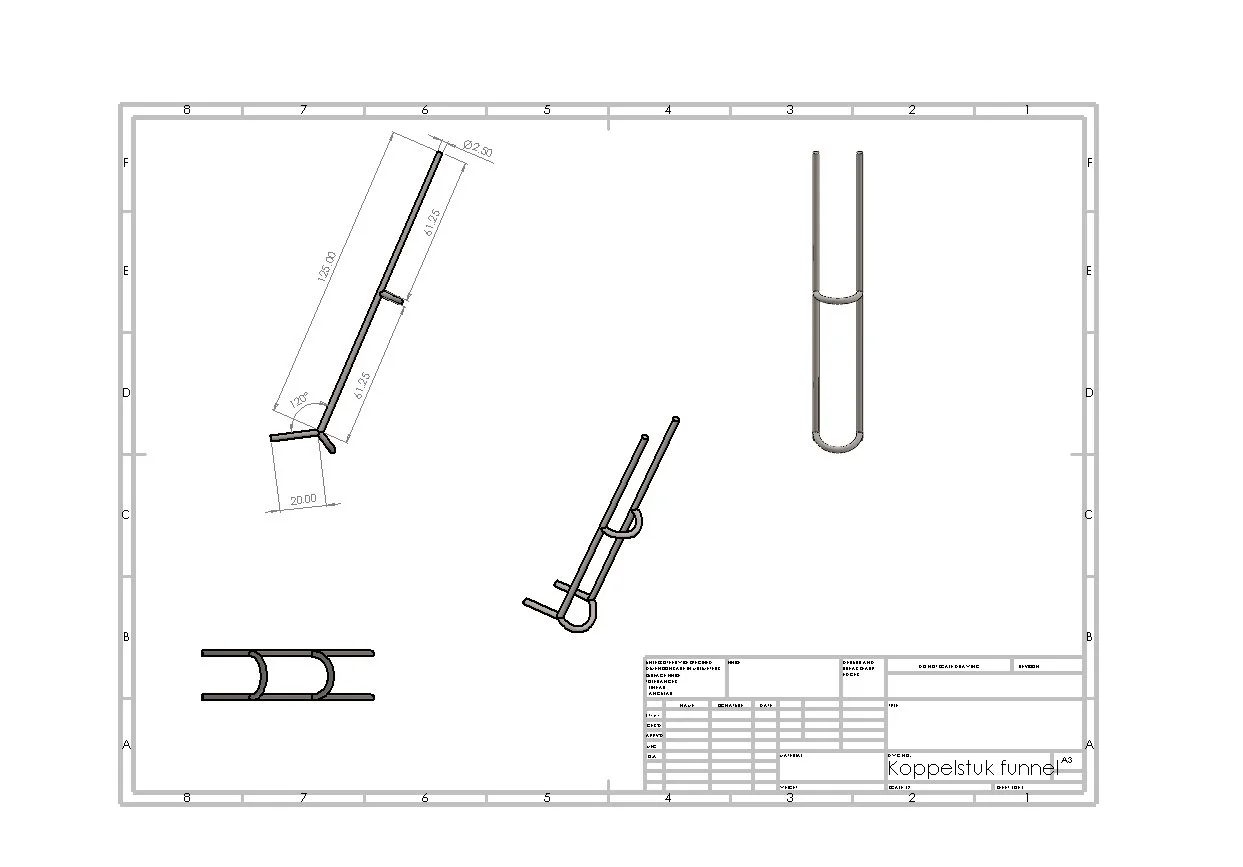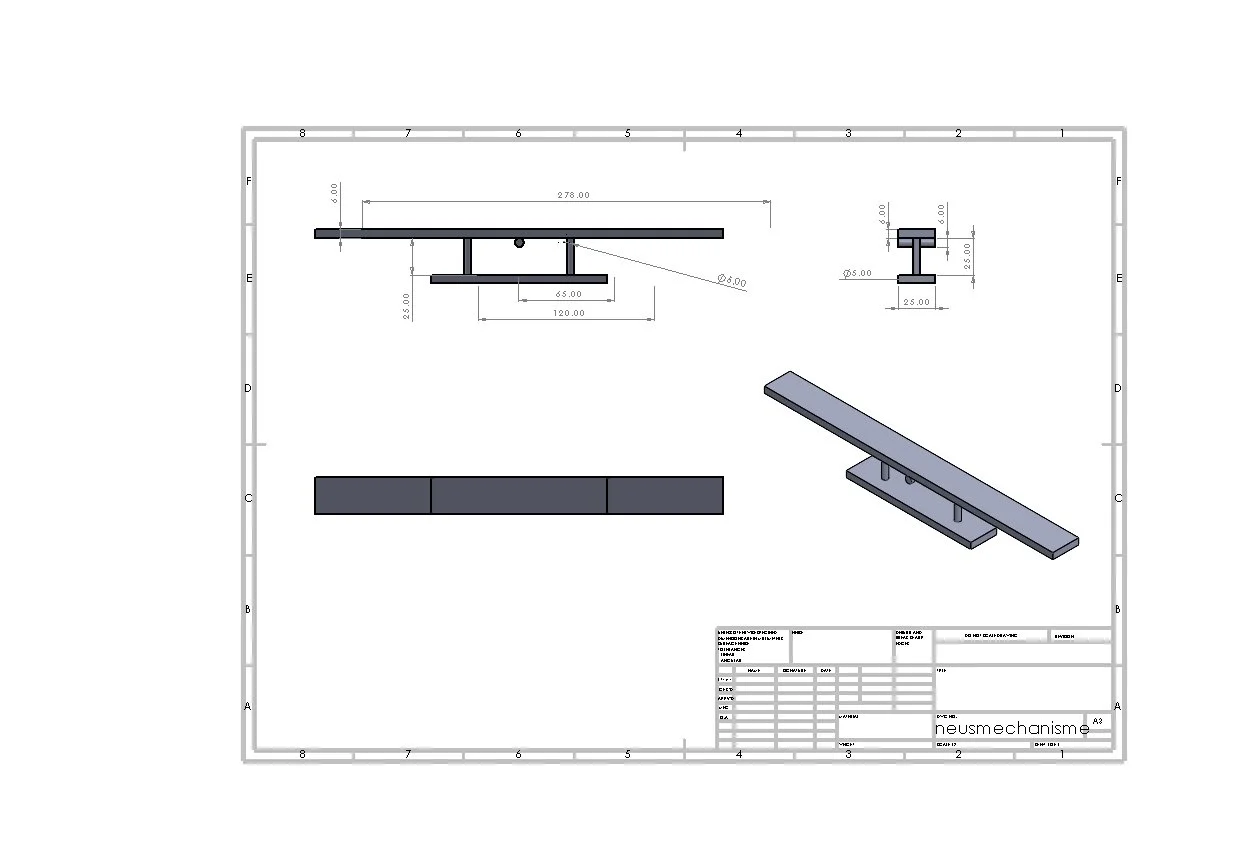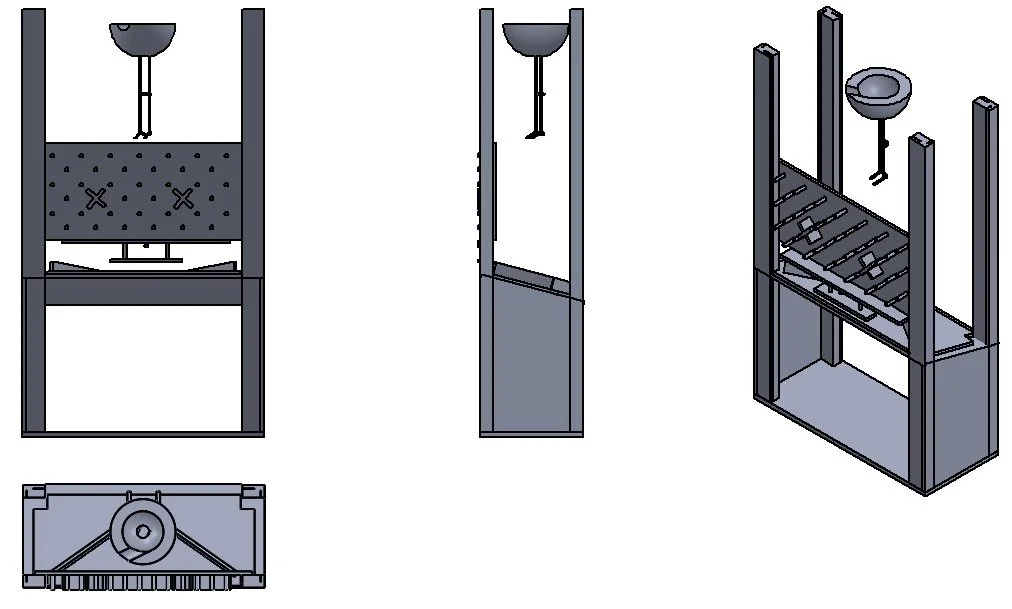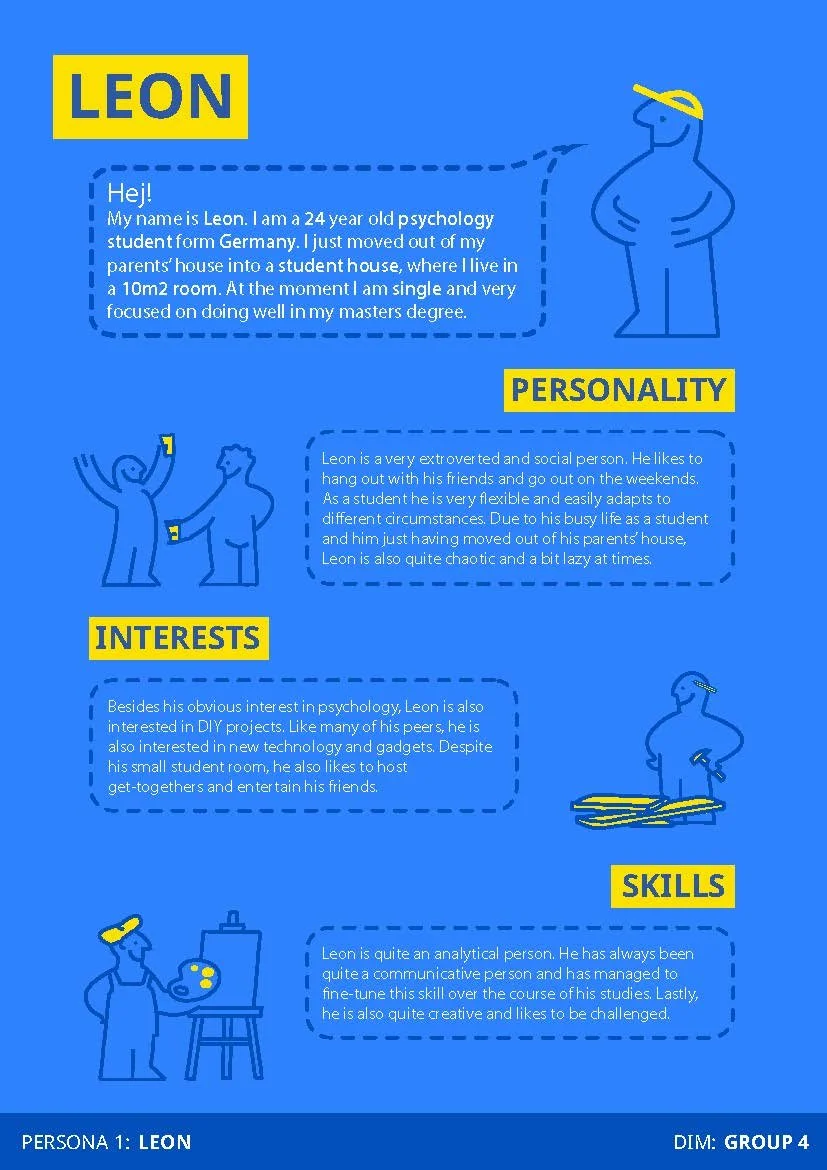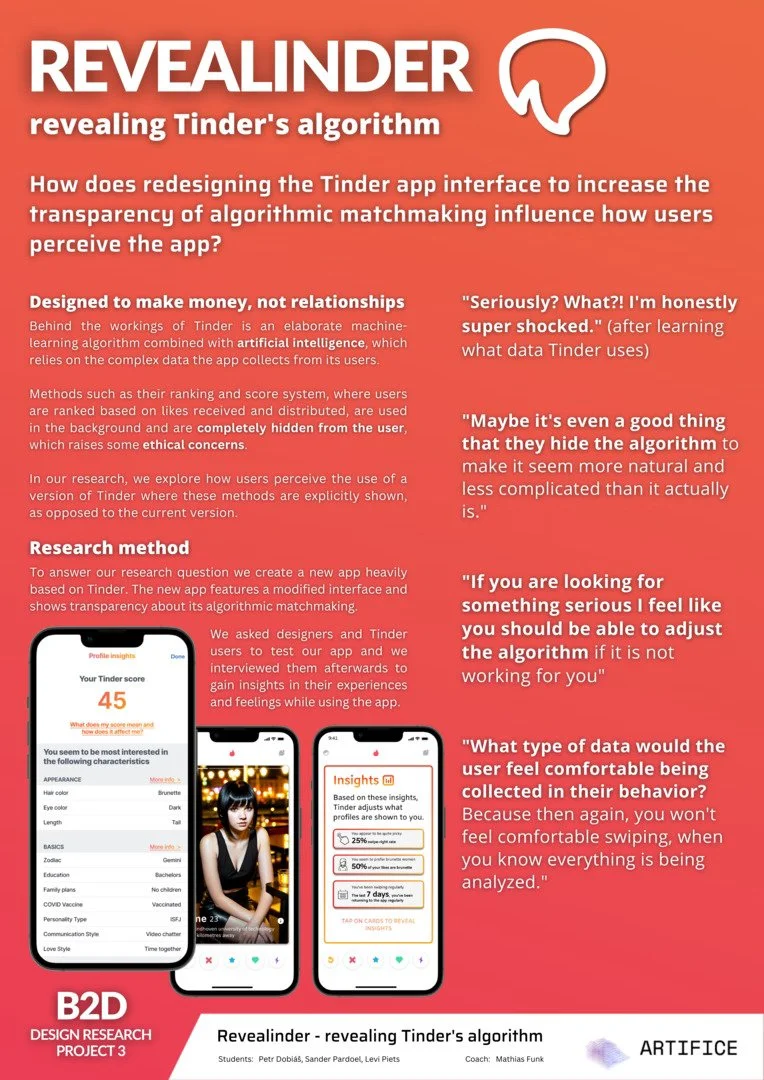Competence development
This section will dive into my personal development as a designer.
This will be done according to the expertise area structure by the TU/e.
Business & Entrepreneuship
My expertise in the business & entrepreneurship area started with the Introduction to Business Design course. In this course I learned about users, markets and branding through building several strategic tools starting with the business model canvas, a one-page overview tool used for developing, visualizing and analyzing a business model. Other tools used were the PESTEL framework, SWOT analysis and 7S model.
These and other models were then again used in the course Design Innovation Methods where I analyzed IKEA. In this course I, together with my team, identified opportunities within IKEAs current business plan. These opportunities were then evaluated with the help of tools such as the business model canvas and future cone. Through these two courses I have gained a great understanding of how to apply strategic frameworks to identify, evaluate, and communicate business opportunities in a real-world context.
In my second year I followed the USE line New Product Development and Marketing consisting of three courses. It started with a very theoretical course about users, markets and market research. The following course dived deeper into the research and I had to do market research after which I had to redesign a product and make final marketing video. The USE line concluded with a market simulation game where I acted as the marketing department of a firm. These courses have given me great strategic thinking within marketing.
As an extracurricular activity I have taken the facilities role within the Bar.Management of s.v.i.d Lucid. During this time, I gained hands-on experience with operational systems and resource management. This role has sharpened my system thinking and problem-solving skills. I also collaborated closely with several stakeholders such as suppliers, developing strong communication skills.
Something I am very proud of has been my collaboration with Bose Professional. Through a course I came into contact with them and did a project for them. Apparently, they liked my work as I got invited to the opening of their new Amsterdam EMEA region headquarters. A few months later I attended several trainings, meant for their partners, about their product portfolio and controlspace basics including the new cloud and accelerator platforms. This experience deepened my understanding of how large companies innovate, build partner ecosystems, and bring new technologies to market. All essential lessons in business and entrepreneurship.
I feel like I have truly developed myself within this expertise area. However, there is of course always room for improvement. Looking ahead, I hope to more actively incorporate my business & entrepreneurship knowledge into my design process combining my creativity and marketing knowledge.
Creativity & Aesthetics
As also discussed in my vision on design, I believe that aesthetics plays a fundamental part in good design. Aesthetics spark joy and desire which are powerful drivers of engagement and emotional value, ensuring a deep connection between user and product. I feel like I understand the aesthetics of interaction, I think my final bachelor project shows that I understand the user needs and wants and designed the product interaction accordingly.
To encourage creativity, I like to implement various techniques such informal discussions, brainstorming and roleplaying. Through these techniques I was able to approach my design challenge from different perspectives allowing for different solutions. However, while clearly present during my second project, we made food related prototypes every week, I feel like my explorative prototyping skills are underdeveloped.
My best ideas often come from informal discussions and brainstorming sessions with other people. These discussions always come with out of the box ideas that might make no sense but where a part of it can be applicable to a design. I believe this is part of why I am such a good team player.
Communication has never been my strength and even after all these years on this planet I still find it difficult to convey my ideas and explain my concepts. By improving my presentation skills and familiarity with the Adobe suite, I aim to communicate my design ideas more clearly and visually, making them more engaging and easier for others to understand and connect with.
Math, Data and Computing
Before starting at the TU/e I already had some knowledge in this area. During high school I followed a course at the Radboud University where I, amongst other things, learned how to program and perform statistical analysis. I had a basic but welcome foundation in this area of expertise.
My development continued with the courses Data Analytics for Engineers where I expanded my knowledge on data cleaning, analysis and making visualizations. The course making sense of sensors built further on this but also included data acquisition and ethical aspects of data gathering. These skills are essential for designers, as data-driven insights help inform better decisions, validate concepts, and create more user-centered and impactful solutions.
My computing skills are quite well developed. I have worked with several programming languages like Python and Java allowing me to create the software applications needed for my projects. Some examples include Communica-Thing, TalkInclusive and DeepSpin which can all be found on the project page.
For Communica-Thing, me and my team integrated the ChatGPT API to enable conversations between humans and machines. With TalkInclusive I used machine learning to train two independent sensors, one for hand gestures and one for voice recognition. These experiences show how computational tools can extend my toolkit as a designer, enabling the creation of intelligent and interactive high-fidelity prototypes.
For my final bachelor project, I designed a music listening device called DeepSpin. With all these skills in my toolkit I was able to build a fully working prototype ready for testing and evaluation. To make this I used a Raspberry Pi 5 with Pygame, an open-source library for the development of multimedia applications using python. Being able to independently develop a functional prototype allows me to explore the user experience, demonstrating how computing skills can support a more user-centered design process.
During my B3.1, I followed courses from the built environment faculty focused on sound and acoustics. These courses provided scientific knowledge on a variety of acoustic disciplines enabling me to perform acoustic analysis. One of these courses let me work with Bose Professional to research the noise generated by padel courts trying to decrease this via active noise cancelling. I learned how to work with the Bose Professional Modeler and built the padel court within this to perform digital tests as well as visiting a padel court to perform physical tests and analysis.
Moving forward, I aim to deepen my understanding of data-driven design by exploring advanced machine learning techniques and improving my data visualization skills. I also want to strengthen the connection between technical analysis and user experience to create more intelligent, responsive, and meaningful design solutions.
Technology & Realization
Following my vision, I believe that designers can be the bridge between emerging technologies and human needs. Technology & realization plays an important role in the success of this bridge as design is no longer restricted to the creation of physical products but a way of redefining how society engages with technology.
I believe I excel in building fully working final prototypes made for validation and communication. Final prototypes bring together different skills such as prototyping techniques, computing skills and technical execution into one functional design. My technical understanding and precision allowed me to build a good-looking tangible product through woodworking, integrated with a Raspberry Pi.
Furthermore, I followed a course called Creative Mechanical Design, Engineering and Manufacturing. In this course I learned a lot about mechanics, for example stress, and manufacturing processes which I really missed anywhere else in my studies. I, together my team, had to design and engineer a device which can show emotions realised via rapid prototyping and manufacturing techniques. We built a marble track where the marbles triggered different facial expressions by moving facial features through rotations and linear movements of components. This project can be seen on the projects page including a video of the working machine. I believe having this mechanical and production knowledge is highly valuable for designer as ideas to be translated into feasible, well-engineered, and manufacturable physical products.
Something I wish to further develop are my 3D modelling and printing skills. I have some basic understanding of SolidWorks and Blender but developing these further is a top priority. I believe that having different prototyping techniques available is very valuable, as it allows for greater flexibility in exploring, communicating, and realizing design ideas effectively.
User & Society
My first interaction with a human-centered design approach was through the course User-Centered Design. Although the course was introductory, it set a good foundation by teaching me about effectively designing for usability and user experience. It also built further on data gathering methods like interviews and questionnaires learned about in high school.
The course Design <> research built further on this foundation by introducing different perspectives on design research and focusing on a specific form of design research called research through design. I learned how to conduct design research via a probe/prototype. This knowledge was later used during project 3 where I researched the effect of transparency in algorithmic matchmaking apps.
The course Socio-Cultural Sensitivity showed me there is more than just users. It let me explore the society wide context of design and how it influences and is influenced by cultural values. It taught me to look at design from different perspectives. It not only changed my perspective on design but I believe it has also had an impact on my personal growth and open mind.
Another interesting view was the post humanistic approach explored in the course Design for Debate. Here I dived into the burial of a thing and questioned what is worthy of a burial and ceremony. For this course we designed a burial and held a memorial for a broken finger nail. This still feels like a very “weird” direction of design and is not something I can see myself spending my time on in the future. However, it still gave me interesting perspectives on how design can challenge norms, provoke reflection, and explore the emotional and cultural dimensions of human–object relationships; Reminding me that design doesn’t always have to solve problems, but can also raise questions and start conversations.
A course from the built environment department, called Design for a Sustainable Future, showed me the importance of sustainability. What was interesting about this specific course was it went deeper than just environmental sustainability, which we are reminded of throughout our entire bachelor, but also highlighted other sustainability challenges like accessible housing markets, healthy food systems and effective democracies.
Looking ahead, in future project I would like to have more user engagement during the early stages. While present in past projects, I missed this in my final bachelor project. Collaborating with users allows for better for better alignment with real needs, more relevant insights, and ultimately more meaningful design outcomes.
